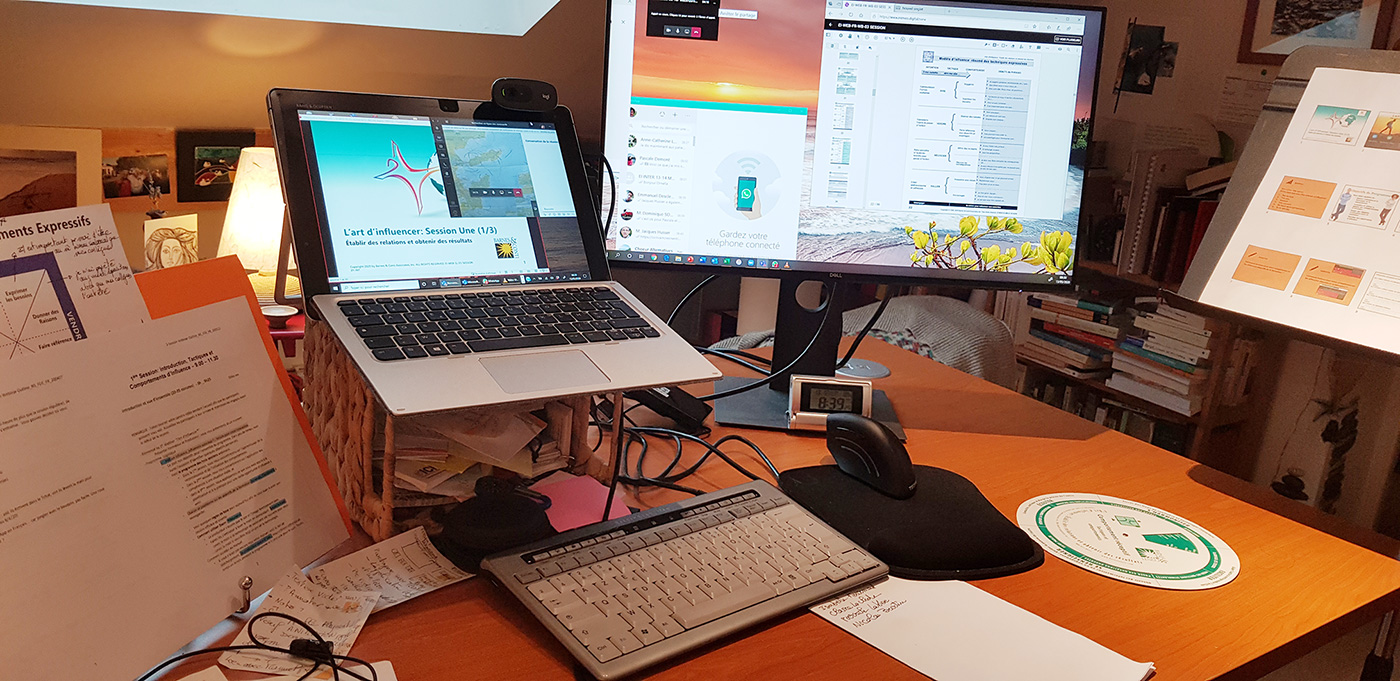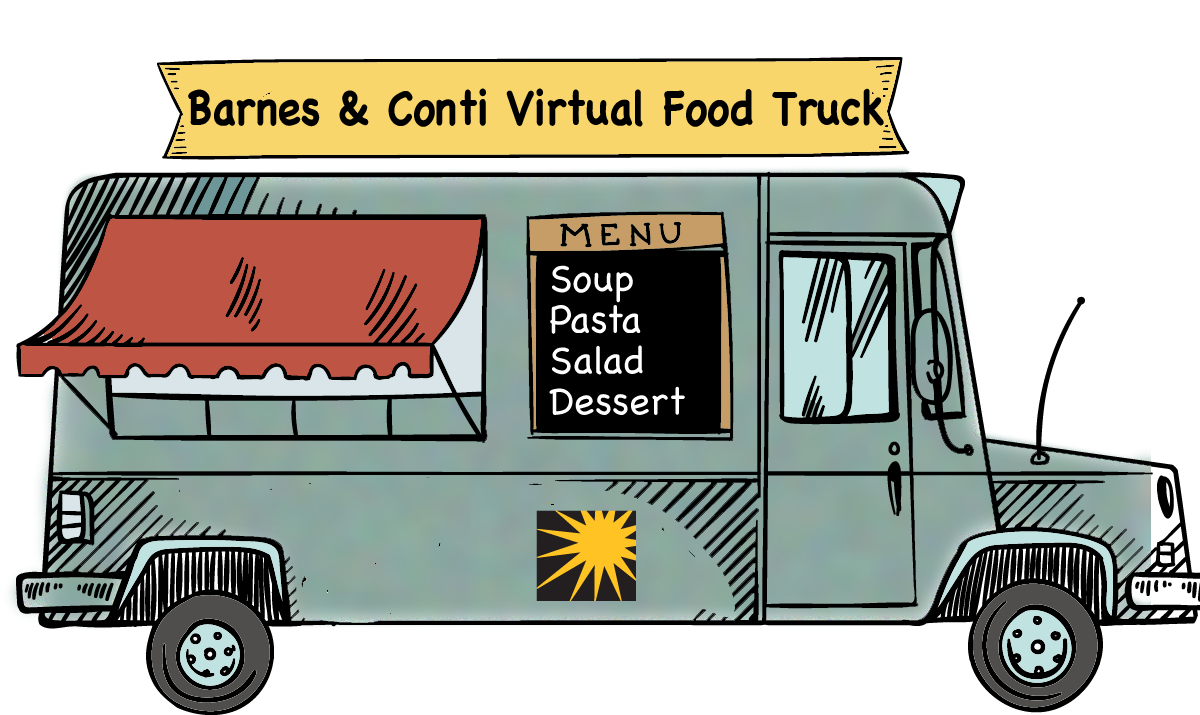
Leadership in Tough Times
B. Kim Barnes
This article originally appeared on LinkedIn, May 6, 2020

I’ve been thinking about leadership even more than usual during this difficult time. And I am particularly impressed with many of our U. S. governors as well as some global leaders, such as Jacinda Ardern and Angela Merkel. In considering what makes these individuals so effective, I identified several qualities that they demonstrate:
- Transparency, lack of defensiveness. They share useful information, seemingly unconcerned about whether it makes them look good or not. They communicate early and often about where things stand and how the situation is moving.
- Empathy/compassion. They acknowledge the suffering and difficulties others are experiencing. They express emotional solidarity and are willing to share personal information that makes them relatable as fellow human beings.
- Vision/strategy. They articulate a picture of a better future, a time when the crisis will be in the past and life will be good, albeit different. They describe in simple terms a path for achieving it and display confidence that we will get there together.
- Clarity in directing or influencing others to action. They are willing to be blunt and direct in letting people know what they can or should do to help reduce or resolve the crisis. Equally, they don’t hesitate to let people know when their actions are impeding the solution.
- Acceptance of responsibility, refusal to blame others. If they have been wrong, or slow to action, they tell us rather than waiting for others to call them out.
- Collaboration and willingness to share the limelight. They give credit and put the focus on others who are key to making things work and step back to invite them to take the lead as needed.
- Action orientation. They are willing to take the risks involved in doing something rather than the risks of doing nothing.
- Flexibility. They are willing to change course as they receive new information or as the situation demands.
- The ability to create meaning in the lives of others. They articulate the importance of seemingly small actions; they enlist everyone to be part of the solution and remind us of our role in making change happen.
- Recognition of the power of symbolic acts. They show rather than tell. If they ask something of us, they make sure we see that they are doing it as well.
I recently heard a conversation with author Erik Larson, author of many excellent nonfiction books, about his new work, The Splendid and the Vile, about Churchill during the Blitz. In the book, he describes how Churchill showed the British people how to live courageously during the darkest of times. His wit, fearlessness, and ability to articulate and remind his constituents of the character of the British people undoubtedly contributed enormously to their success in withstanding the onslaught of terror by the Nazis during that strange and frightening year.
We are experiencing a time where the enemy is less visible and where it might be easier to turn away. These leaders are showing us how to be our best selves in the face of a crisis. These leadership qualities build trust, alignment, hope, and a sense of mission. And these same qualities can serve us well as we lead our families, communities, teams, and organizations through this time and into whatever comes next.
Like this article? Join the conversation on LinkedIn
Virtual Inspirational Leadership

Our Virtual Inspirational Leadership program debuted last week for a government client. The reviews were quite enthusiastic. Participants said:
- Regarding the strength of the course: “...(it) provided tools and insights that will be extremely beneficial in communicating and interacting with my team.”
- Regarding how the course will improve their effectiveness: “The digital workbook is a treasure trove of useful information, tools, insights, etc. Using these to help guide me and my interactions with the team will certainly be beneficial.”
- Regarding changes or improvement: “(the facilitator) and the team did a great job facilitating this content… kudos to pulling this off virtually...”
Let us know how we can help in the area of leadership development…Feel free to reach out to Lauren Powers, lpowers@barnesconti.com to discuss your needs. We want to hear from you!
Virtual Exercising Influence: Mission Control
We thought you might be interested in this photo of the virtual mission control, that is, one of the facilitator's desktop and setup for a virtual Exercising Influence program. You may notice that this particular workshop was conducted in French by our partners in Grenoble, Equoranda.

From the Barnes & Conti Virtual Food Truck:  Chicken Tagine with Lemon and Olives
Chicken Tagine with Lemon and Olives
Kim Barnes, Barnes & Conti CEO
A tagine is a slow cooked Moroccan stew, traditionally cooked in a clay pot with a conical cover. Any heavy, covered stewing pot will work fine. If you can’t get preserved lemons, you can substitute the grated zest and juice of two lemons, preferably Meyer lemons.

Ingredients:
- 2 – 4 cloves of garlic, minced
- 1/2 tsp saffron
- 1/2 tsp paprika
- 1/2 tsp ground ginger
- 1 1/2 tbsp olive oil plus more for sautéing chicken
- 6 – 8 chicken thighs (or other parts if you prefer)
- 2 onions, roughly chopped
- 1 sliced sweet pepper, if you happen to have one
- 1 1/2 cups chicken broth
- 1 cup pitted green olives
- 2 preserved lemons cut into slices (you can either buy or make these – I buy them at The Spanish Table or order online)
- Salt and pepper to taste, if desired
Method
- Mix first five ingredients.
- Rub chicken pieces with mixture, place in a large plastic bag and refrigerate for a couple of hours or longer.
- Heat olive oil in a tagine or similar utensil. Sauté chicken pieces on both sides until lightly browned
- Add onions, olives, peppers, and preserved lemon slices and stir.
- Add chicken broth, cover and reduce heat. Simmer for about 40 minutes or a bit longer.
- If desired, remove chicken, bring sauce to a boil and reduce until slightly thickened. (Kim says she didn’t do that)
- Serve chicken with sauce.
Kim says that a good and authentic side dish is couscous prepared with chicken broth and fluffed, then add cut-up dried apricots and the green part of two scallions, sliced thinly. Add a tablespoon of olive oil, stir and serve topped with flat-leafed (Italian) parsley if desired. Editor’s note: if you have to eat gluten-free, quinoa makes a good substitute for couscous.
Serves 4 – 6
This recipe is available on our website as part of the Virtual Food Truck.
Please send us some of your favorite recipes you’ve made during these last few weeks. We will add them to our Virtual Food Truck for all to enjoy.
You are receiving these emails from Barnes & Conti because you are a client, colleague, and/or friend of Barnes & Conti Associates. or you contacted us through our website, at a trade show, or via social media. Barnes & Conti does not sell, trade, or give away mailing lists or email addresses to anyone. Period. You can read our privacy policy here.
If you no longer wish to receive these bulletins, use this link to unsubscribe or write us at Barnes & Conti, 940 Dwight Way Suite 16, Berkeley, CA 94710.
*Please don't forward this entire email; the person you forward to might inadvertently unsubscribe you with the above link!